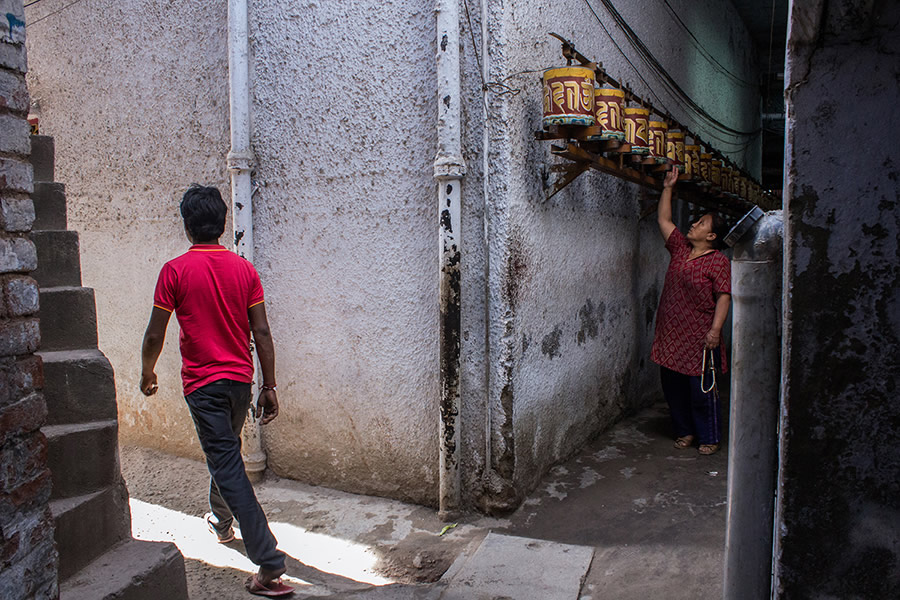Underneath an old metallic footover bridge, on the road somewhere in between the North and center of Delhi, a small left turn leads you to an old yet relatively undiscovered territory, named Majnu ka Tilla or Samyeling. Samyeling has been a dwelling for the Tibetan refugees in Delhi for years now. As you go further inside, it unleashes itself onto you. Small lanes punctuated by corner shops carrying everything from the latest fashion trends to items of cultural and spiritual significance.
A culture so distant yet right at home in this small tucked-in colony by the Yamuna. Each lane is a new discovery, of men playing carrom on an idyllic sunny afternoon, of women chatting and mingling by the tea bar, of monks in brogues walking around and of children doing what they do best. Brimming with both the spiritual unison and a quiet revolution, this part of the city is more than just a mere colony. It is a pot which has immersed in itself flavours from all across the oriental land.
A lifestyle inspired by India, Tibet and even South Korea, on a canvas painted with the different colors of the orient. A vivid montage encapsulating the simplistic nature of Buddist spirituality and an unyielding attitude of a fredom struggle in vain. A diaspora that is so far away from home yet it carries with it the last bastions of the land which has been undone by the forces of men. The Little Lhasa of Delhi, Majnu ka Tila is a collection of conflicting life stories. Of over three generations of displaced migrants, some of whom still carry the tales of a toiling journey across the Himalayas. It is there for everyone to see, all you need to do is look. It is there in the pictures of Dalai Lama, in the flags of a former country revered as a deity, it is there in their books, on their clothes and on their counters, it is everpresent somewhere in the deep ocean of their eyes.
Criss-crossing lanes meeting and diverging into further by lanes, watched over by the at times serene and at times violent waters of the Yamuna. And all these confusing and ever-diverging ways meet somewhere in the middle, in the epicentre, where lies the towering structure of a monastery with meditating Shamans and spinning wheels, a structure filled with ancient iconography and symbolism, overlooking this tiny yet vast expanse. It is a symbol of solace, ever-present and ever-accessible, a portal into the world that was, a time-keeper of the world that is and a dream-catcher for the world that could be.
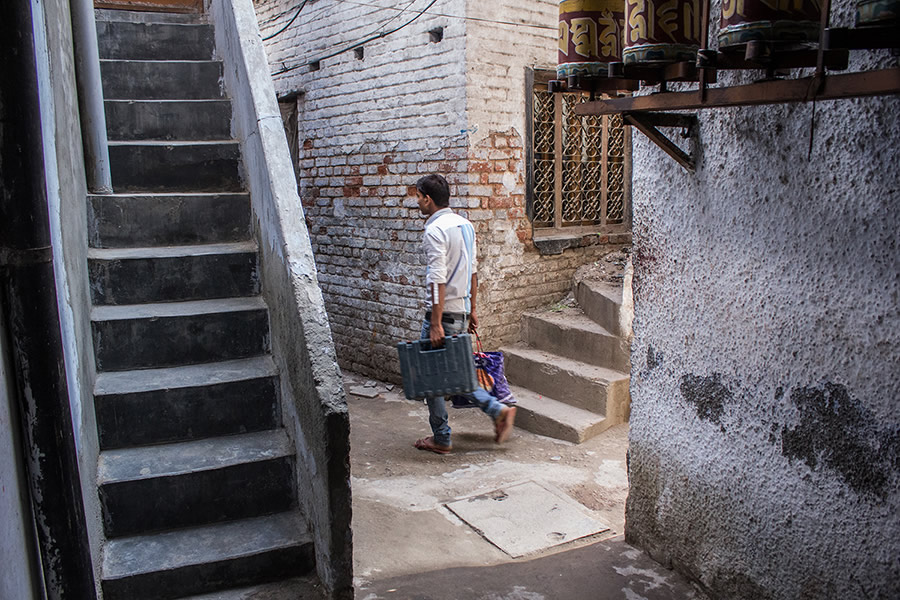
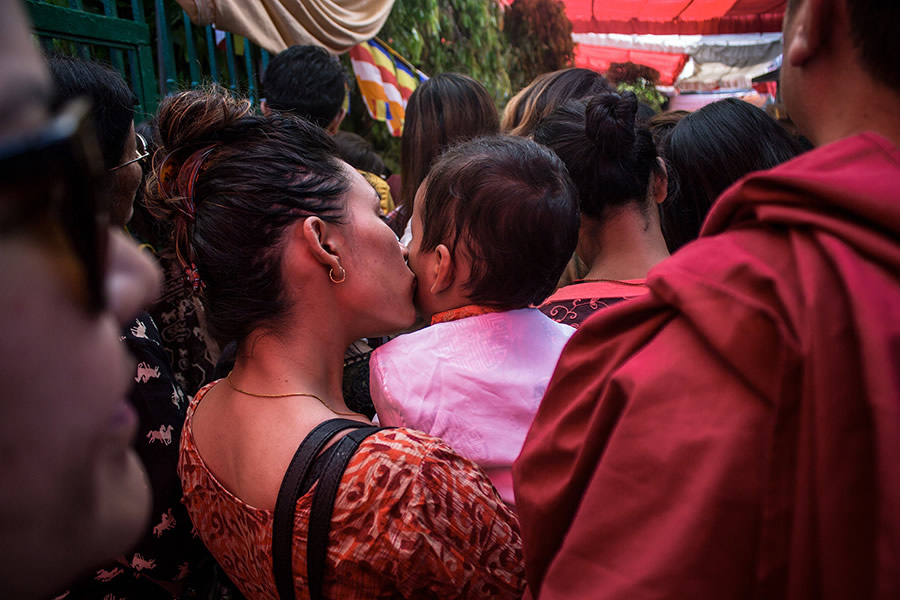
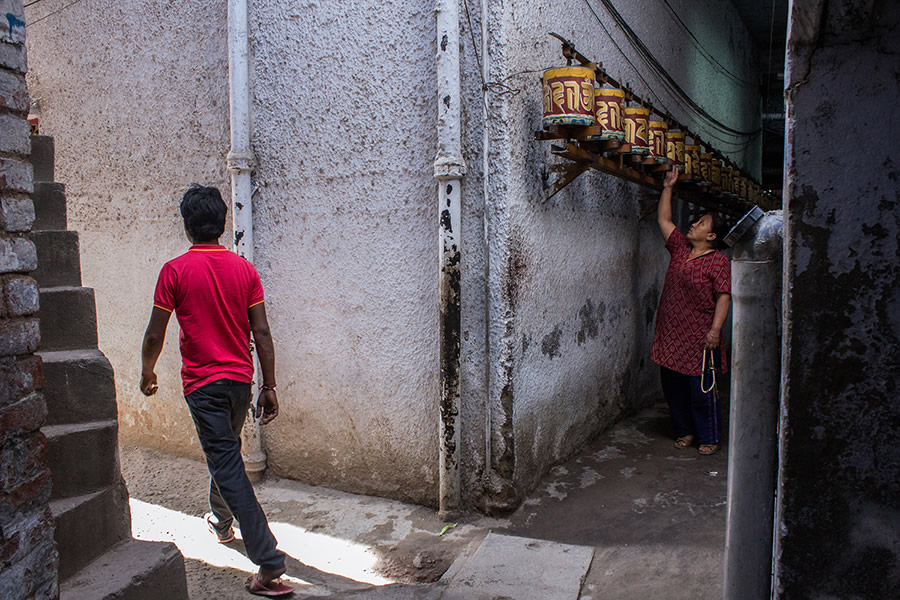
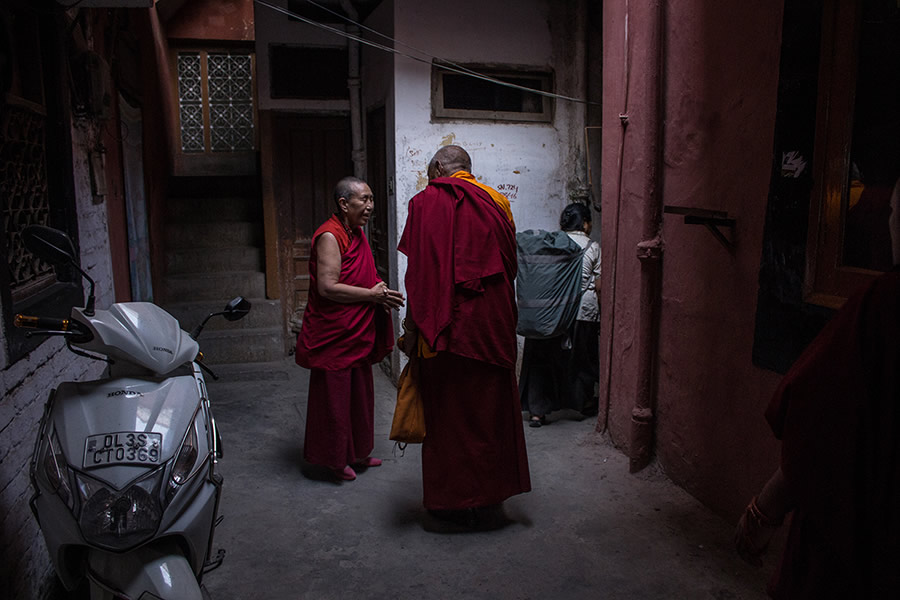
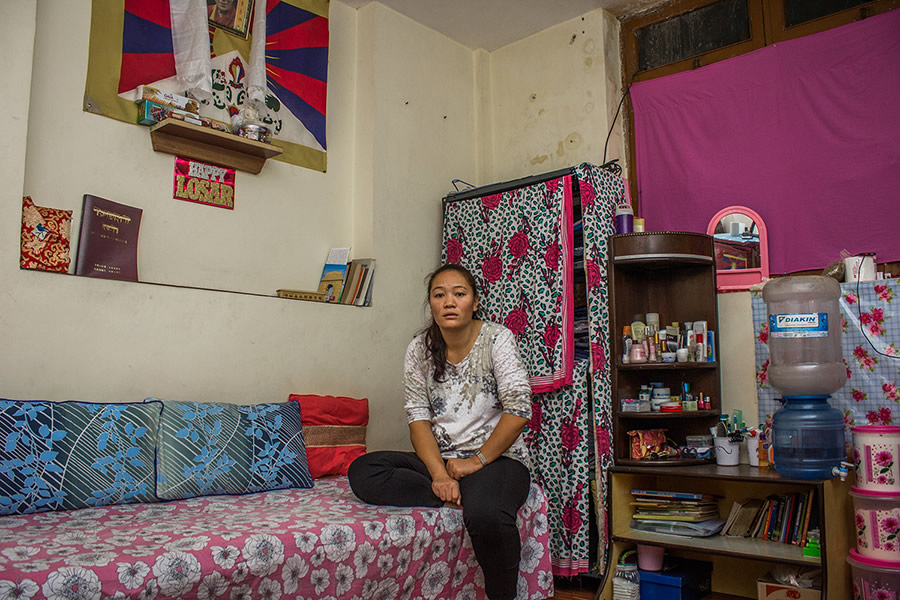
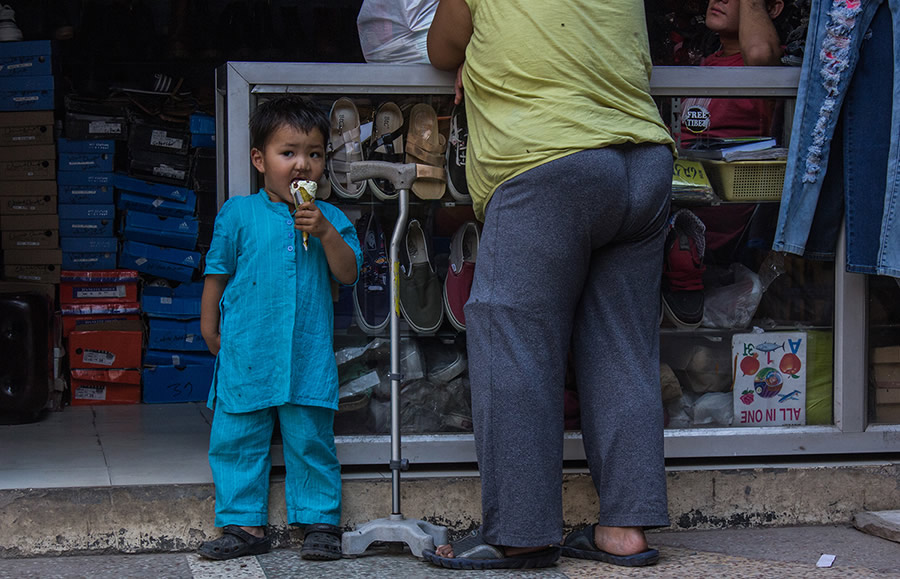
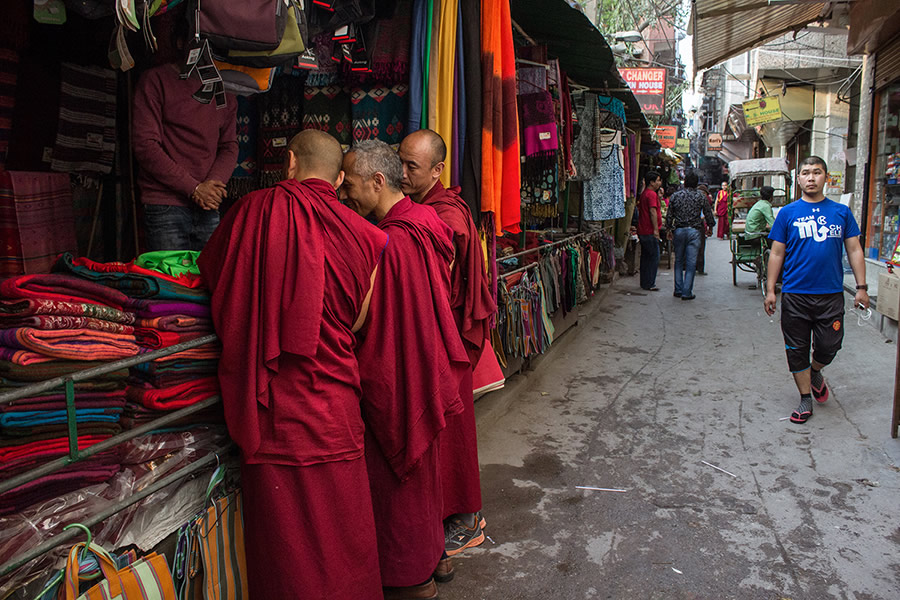
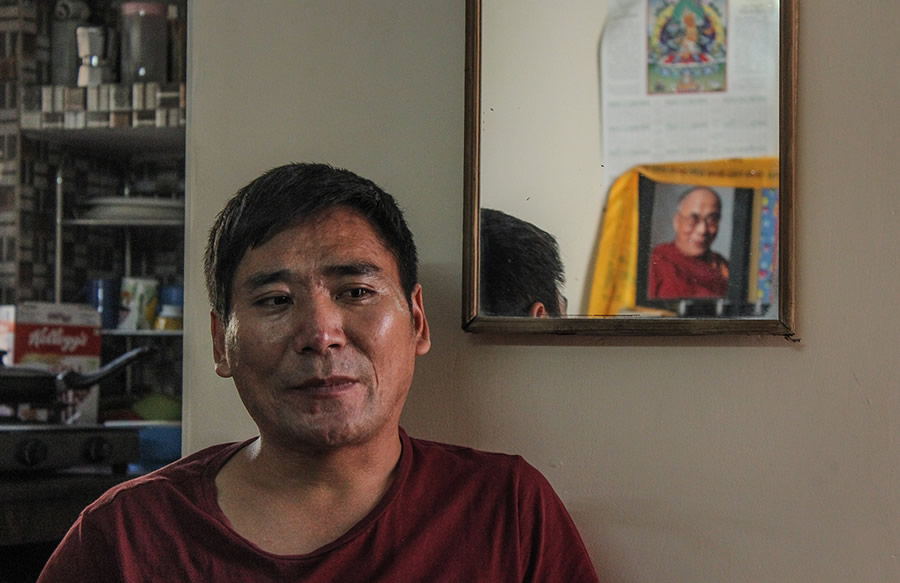
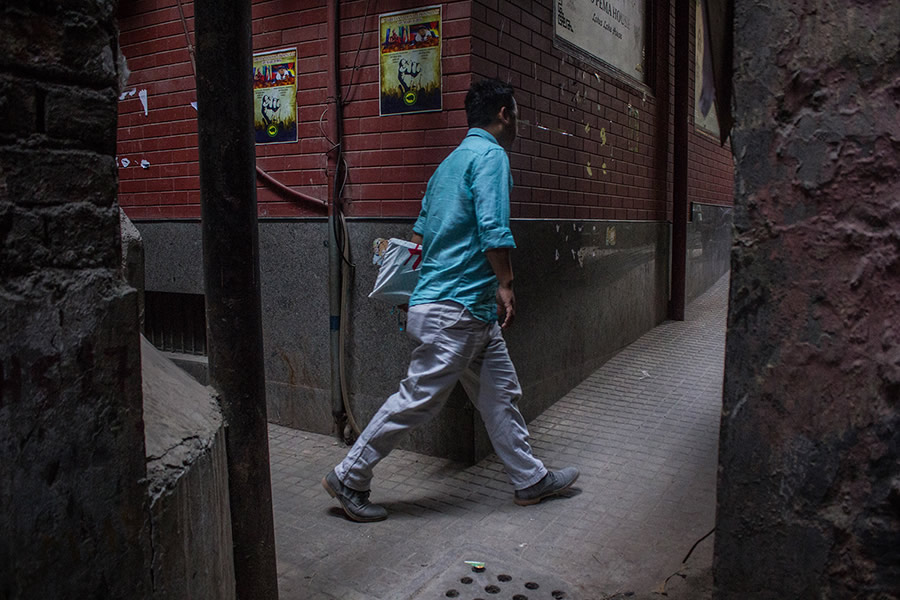
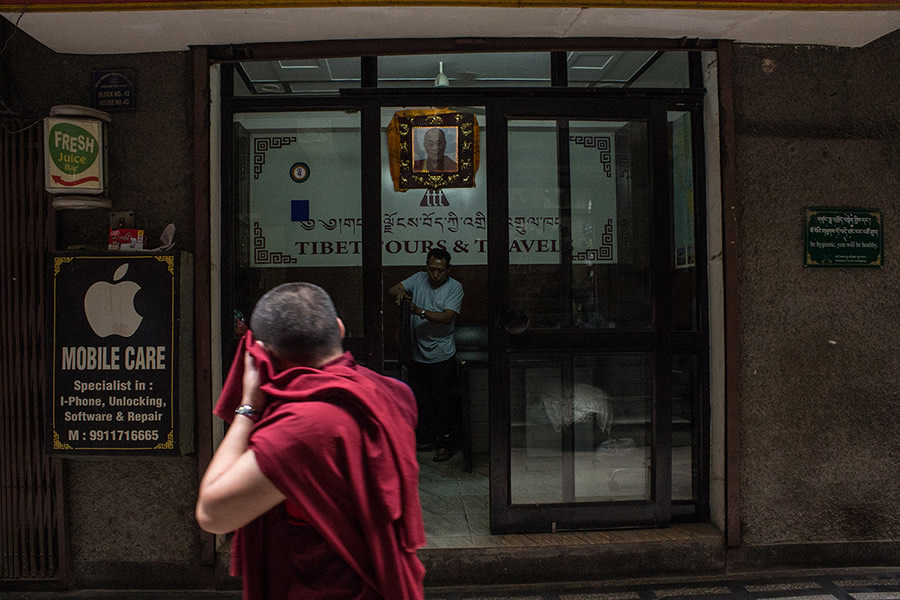
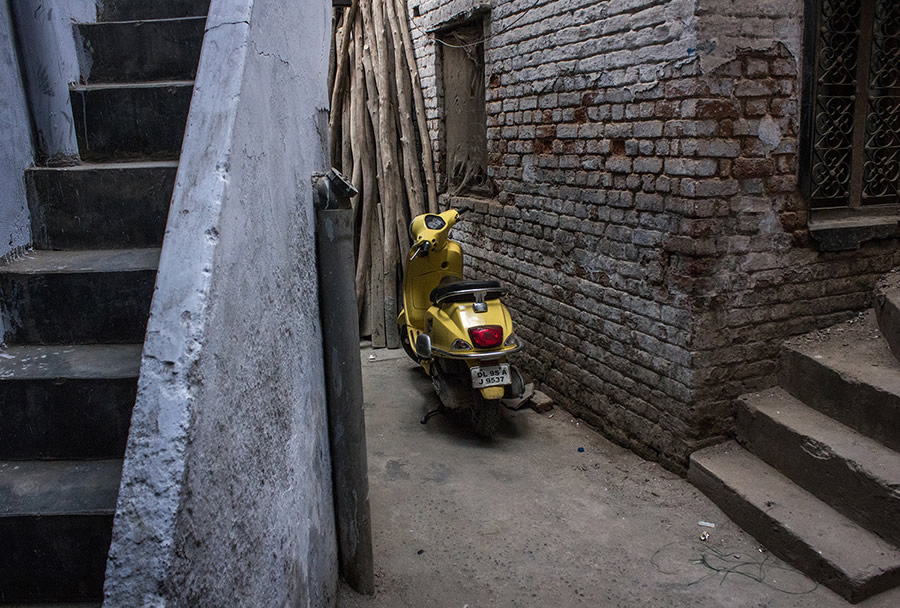
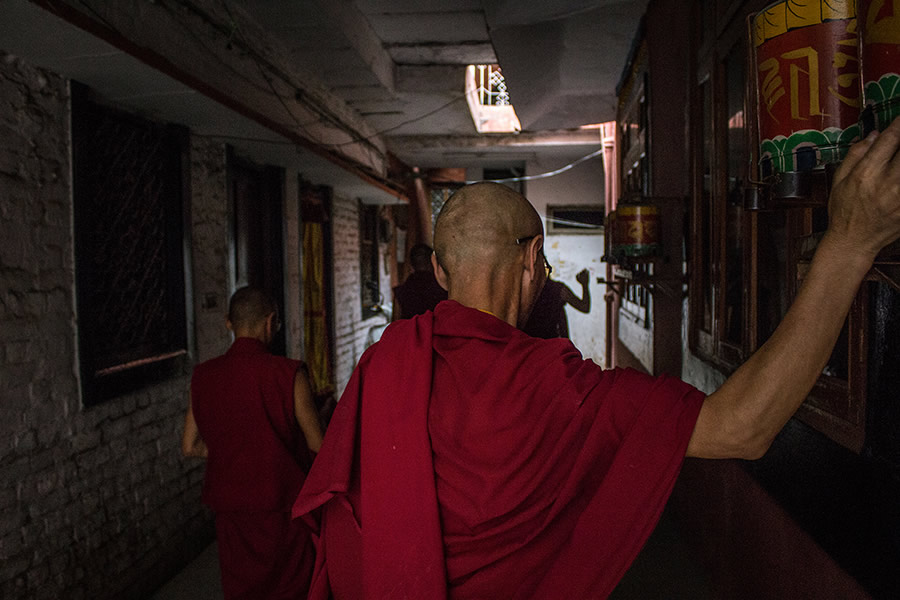
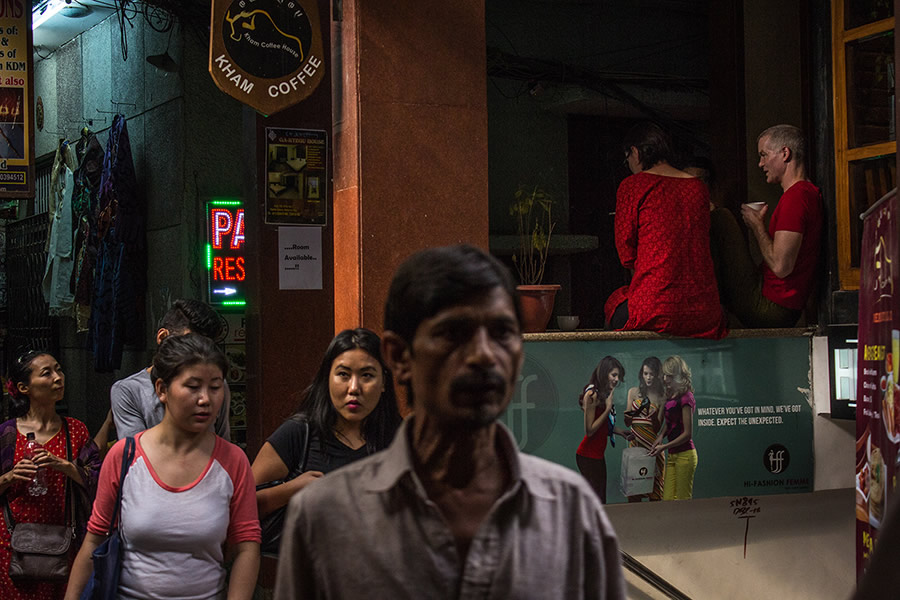
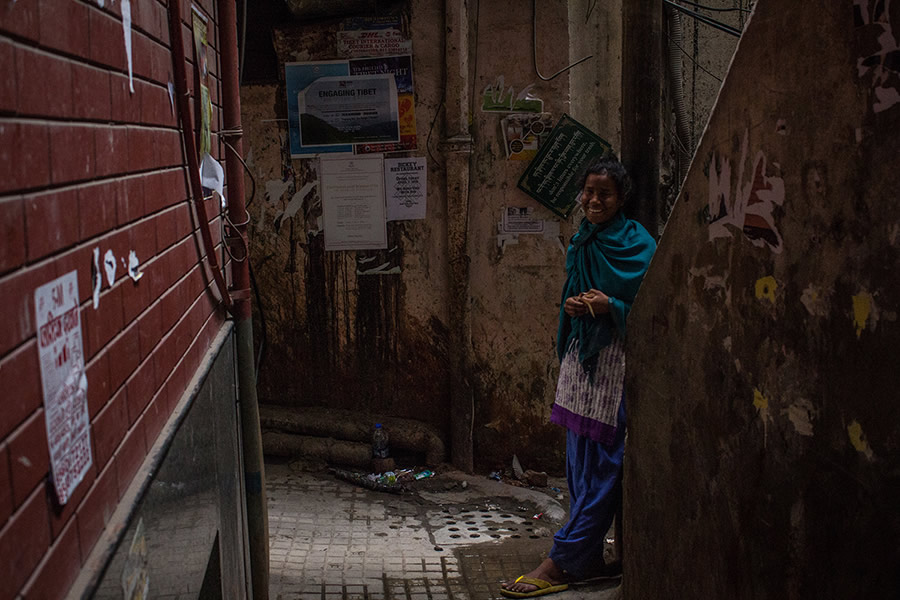
About Ashish Bajaj
My name is Ashish Bajaj. I am a journalism student from Delhi, India. I read and do a lot of documentary photography. Though my pictures don’t follow a specific pattern but essentially, I have been interested in freezing the time during the most humane movements and habits of the people. I really think that photography, unlike other mass media, is highly universal, and compelling at the same time. Seeing and trying to grasp an emotion in a single frame is very tough job. This very fact keeps me interested and curious about Photography.

You can find Ashish Bajaj on the Web:
Copyrights:
All the pictures in this post are copyrighted Ashish Bajaj. Their reproduction, even in part, is forbidden without the explicit approval of the rightful owners.

